Last week, when I launched my new online shop of whiteboard-animated cards, I mentioned that it was the first step in a larger plan.
I’m conducting an experiment. And in this post, I’ll tell you which ideas I’m testing out, share some of what led me here, and explain how my little shop fits into the equation.
If you’re thinking of adding products to your service offerings, I’m hoping to give you a business idea or two to consider.
My future company. Maybe.
Let me start by sharing a few changes I’m considering making to my small business.
For context, my company produces made-to-order whiteboard-animated videos to help our customers turn their complex information into compelling visual stories.
In the future, I’m considering complementing my service with a product line: Off-the-shelf whiteboard videos that communicate messages that businesses often need to share with their customers or users.
For example, we might sell a video to welcome new customers, one to reengage inactive ones, another to ask for a referral or testimonial, etc.
Essentially, customers would buy a ready-made video off our website, choose from a few available customizations, and receive the adapted video by email.
Why the change?
I consider it a privilege to do what I do, and I hope to keep doing it for years to come. But I also think I’m leaving some other opportunities on the table—opportunities that I could address with a complementary product line.
I’ll drill down on the why. But if you need no convincing, go ahead and skip to where I talk about the how.
What I like best about having a service business
There are many things to love about running a one-to-one service business. My personal favourite is the incredible learning opportunity it presents.
Because if you’re lucky, each client needs help to solve a different problem. Each project offers new challenges and the opportunity to grow.
And that can be incredibly stimulating.
But compared to selling products, there are also drawbacks to running a service business.
The drive to productize
Selling products offers several well-known benefits compared to selling a service. Here are a few:
But there’s another potential advantage to productizing your service that particularly resonates with me: It can help you increase your addressable market.
Productizing can broaden your audience
When you sell a service, the customer’s price has to reflect all the work you’re putting in for just them. That means that the more customized your service, the more they’ll have to pay.
As a result, your consulting fees could become prohibitively costly for customers who are interested in what you offer but can’t afford to fund your efforts.
The cost of originality
Let’s take my own business as an example.
Our customers pay thousands of dollars for our whiteboard videos. Why? Because the videos are entirely made-to-measure across every step of our production process—from discovery and scripting to illustration. animation and professional voiceover. (See a snapshot of our process below.)
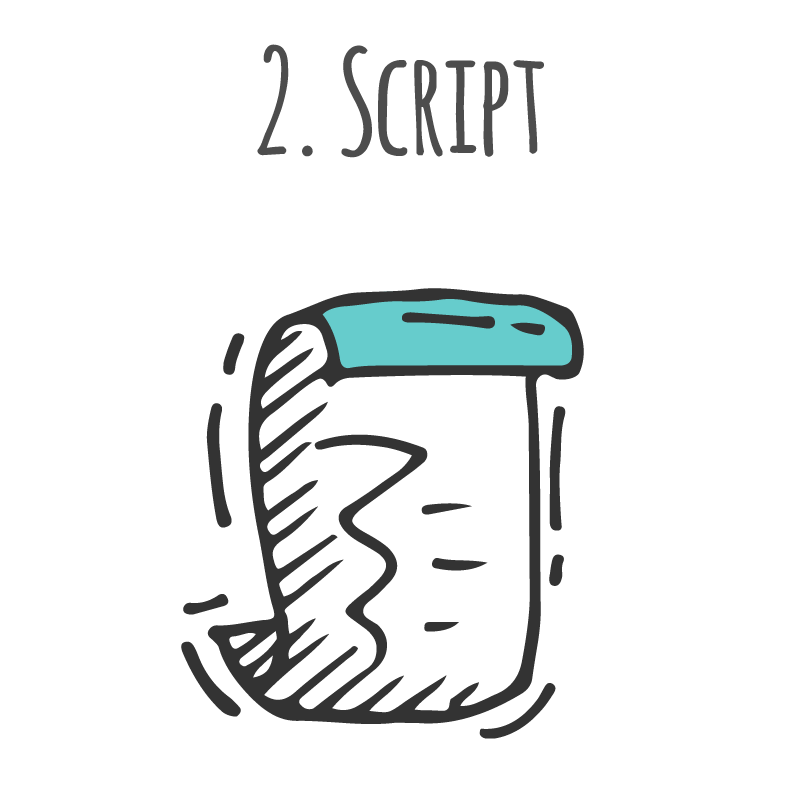

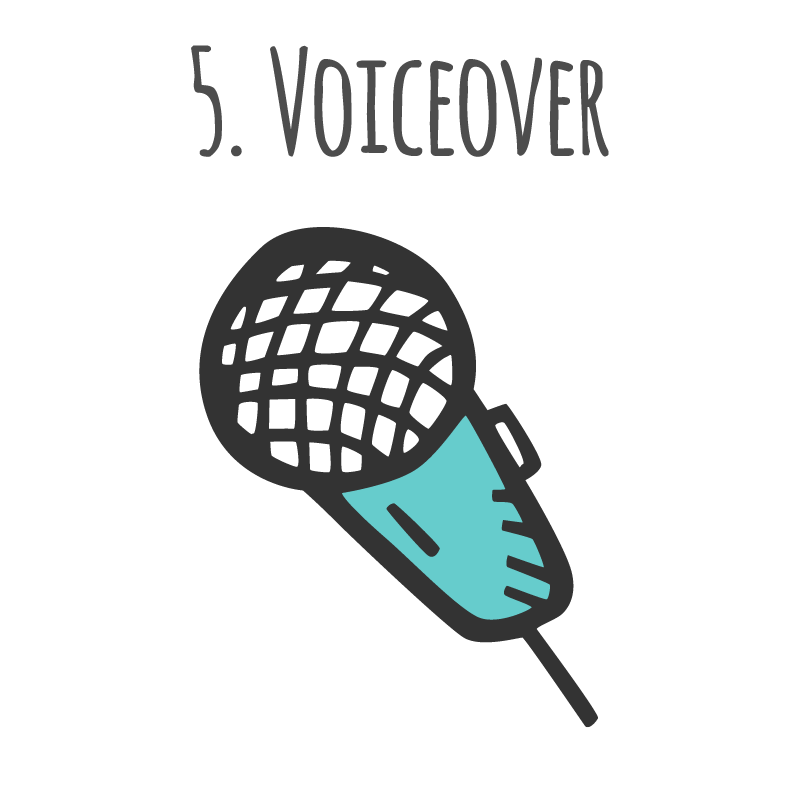
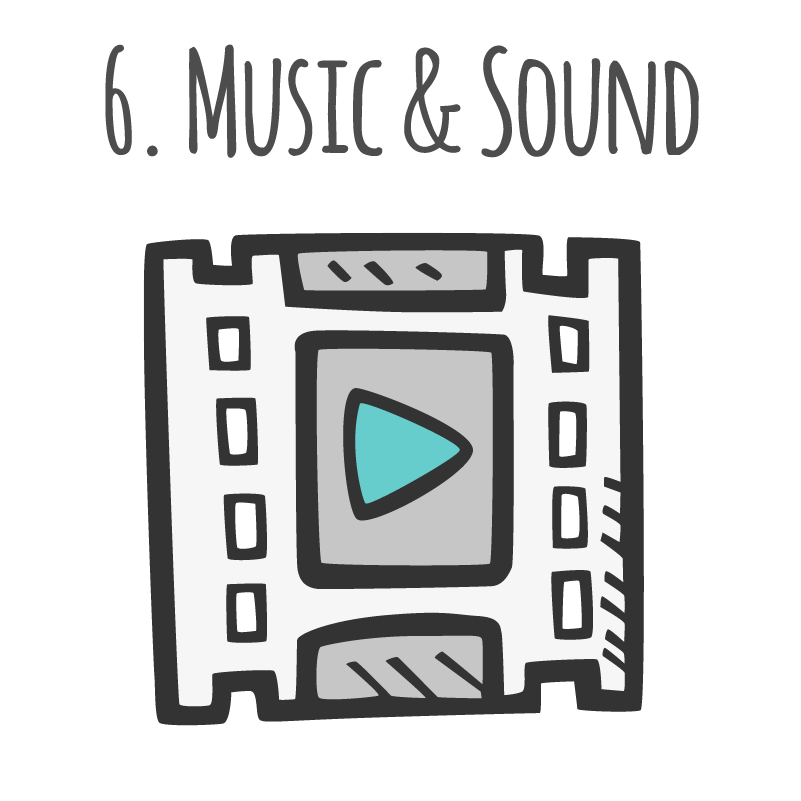
And so our pricing has to cover all the time we invest in all those areas, as well as all the feedback rounds along the way.
Although I do my best to streamline and scale the parts of the process that can scale, much of what we do is intentionally original to each customer. That’s what makes our videos a cut above so many of our competitors. It’s why we’ve won awards. And why our clients rave about us.
I’m proud of the quality we offer and I stand by our pricing. But it does make me a little sad every time someone excitedly tells me they want a video… only to backtrack when I send them a quote.
(True story: I always imagine their smiles dimming at the other end of the email, and I feel disappointed on their behalf.)
Products: build once, sell often
But a product is different.
Because you build the product once and sell it many times, you can afford to sell it less expensively: your development costs are spread across multiple buyers, rather than shouldered by a single one. And that makes your product more attractive to a broader market of customers who prioritize affordability above exclusivity.
If products are so great, why sell a service at all?
Fair question. Aside from the vast learning opportunity that selling a service offers, there are benefits to the business model of selling both a service and complementary products. Here are a few:
And speaking of risk…
The inherent risk of selling products
The upside for products can be more significant than it is for services. But products can be more of a gamble, too. Here’s why:
This list of risks is enough to sober even the most enthusiastic among us. But planning is everything. And there are things you can do to mitigate these risks and increase your odds of business success. And that is where the experimentation comes in.
Best practices for productizing your service
If you’ve gotten this far and you’re tempted to productize your service, here are my best practices for doing that, based on my initial experience.
1
Stick to what you do best
Build your product around your core strengths and interests.
2
Do some market research
A good start is to talk to your service clients. Are the products you’re planning of value to them? If so, then you may already have your first customers.
3
Dream big but start small
Start with a pilot project to test your assumptions. (Here, at last, is the reasoning behind my online shop.)
4
Choose a pilot with a broader or more certain appeal
In my case: Many companies plan to send holiday cards to their clients. And with more of us working from home, printed cards are a riskier option. And so my holiday cards are a surer bet than some of the other canned video ideas I’ll play with next.
5
Find and target a market for your product
If your product won’t appeal to everyone—few do—figure out what your ideal customer looks like, how you can tailor your product to their specific needs, and how you’ll reach that audience.
6
Develop the skills you’re missing
You’ll need to pick up a few new skills to go from selling a service to selling a product. Speaking for myself, my e-commerce and social media advertising skills are rudimentary, at best. I’ll need to upskill in those areas or to outsource the work to a freelancer.
7
Differentiate your offer
Find ways to gain a competitive advantage over existing competitors. How can you leverage your service experience to deliver a killer product? In a separate post, I’ll outline several of the techniques I used to make our holiday cards stand out.
8
Make sure the product is scalable
(Or else, what’s the point?) That means choosing which elements to customize and thinking ahead to how you will do so cost-effectively without compromising quality. Sticking with my holiday card example, I spent time planning which of the elements (logo, colours, copy) would be customizable for each card, and how I would execute those customizations.
9
Promote. Promote. Promote.
Building your product is just the beginning. Spend at least as much time planning your go-to-market strategy. Start with the low-hanging fruit: make sure that happy buyers of your service offerings know about your new products.
Over to you
Are you thinking of trying your hand at productizing your service? I’d love to hear about your thoughts and experiences. Leave me a comment and let me know? And if you have any thoughts on my future business plans, my shop, or my experiment, I’d love to hear those too!
Finally, if you’ve enjoyed this blog post, please sign up to my email list, to receive the next one in your inbox. And be sure to check out the whiteboard animation examples in our portfolio

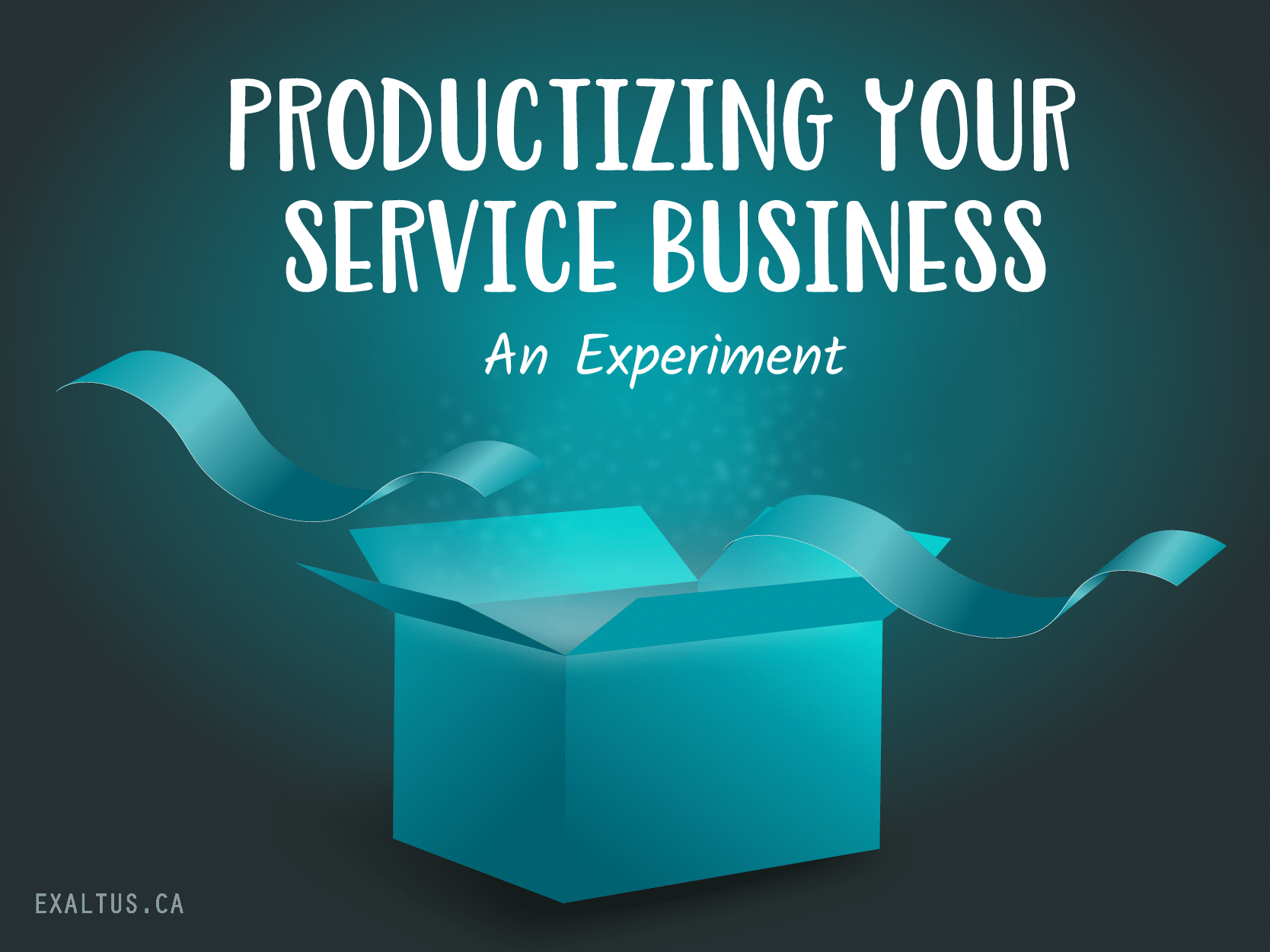




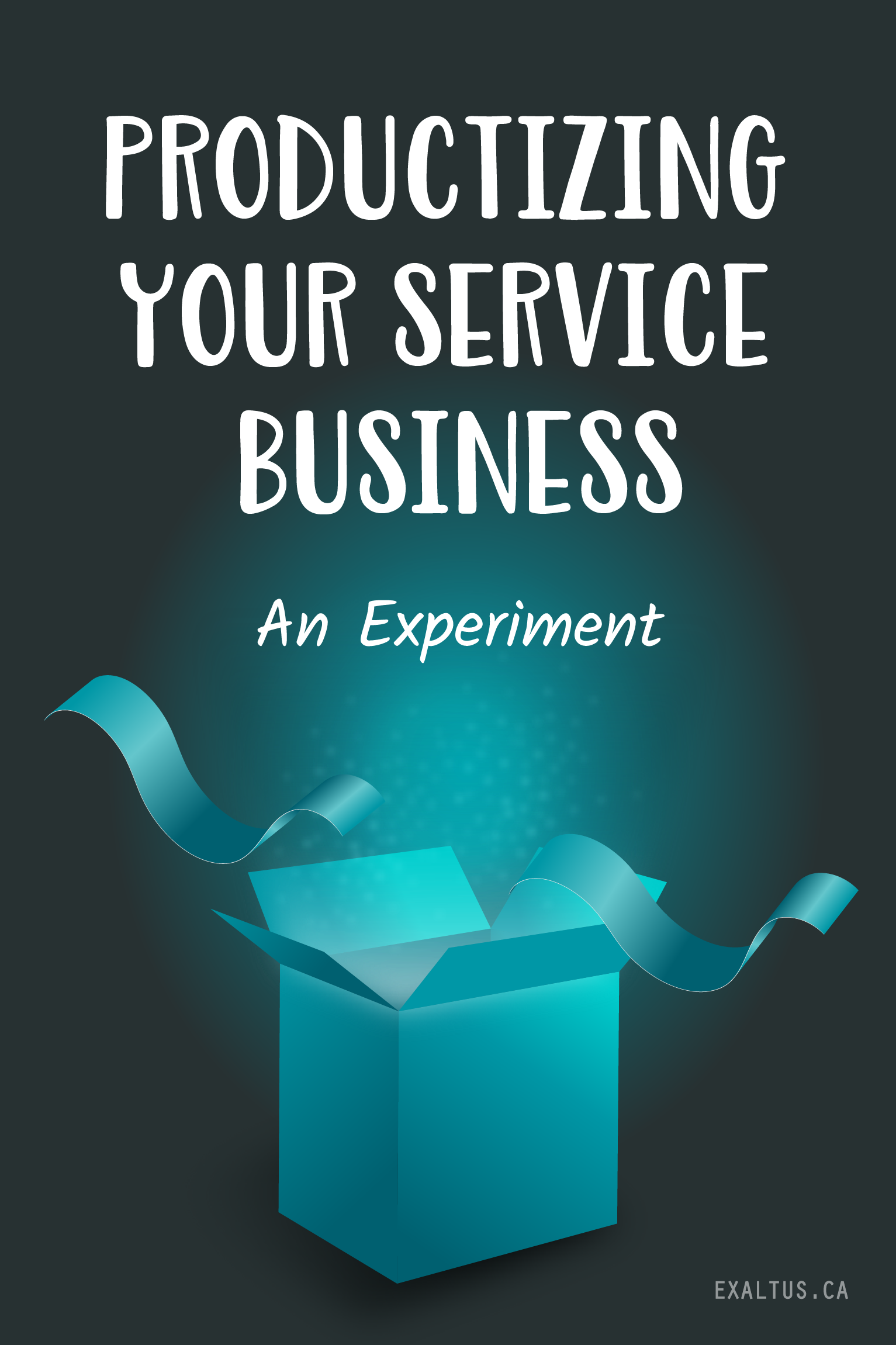
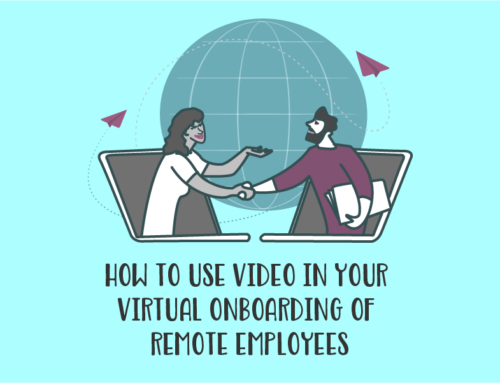
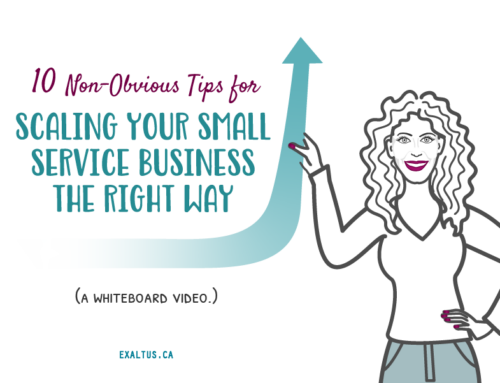
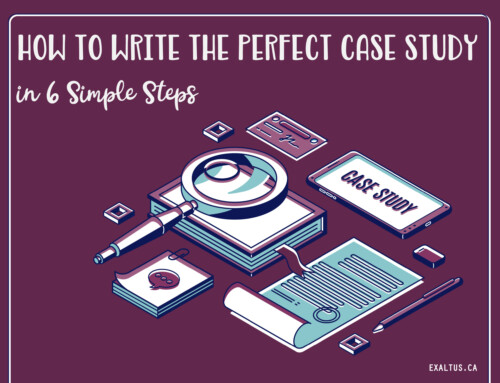

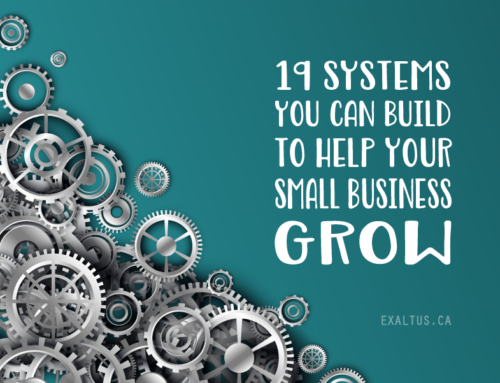
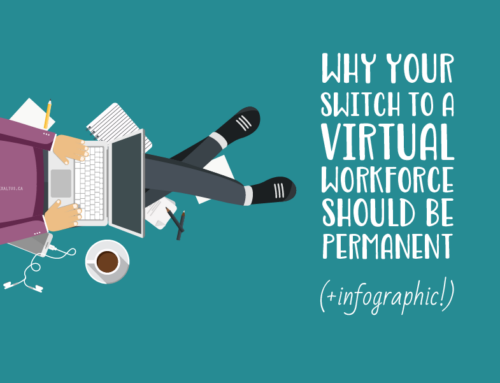
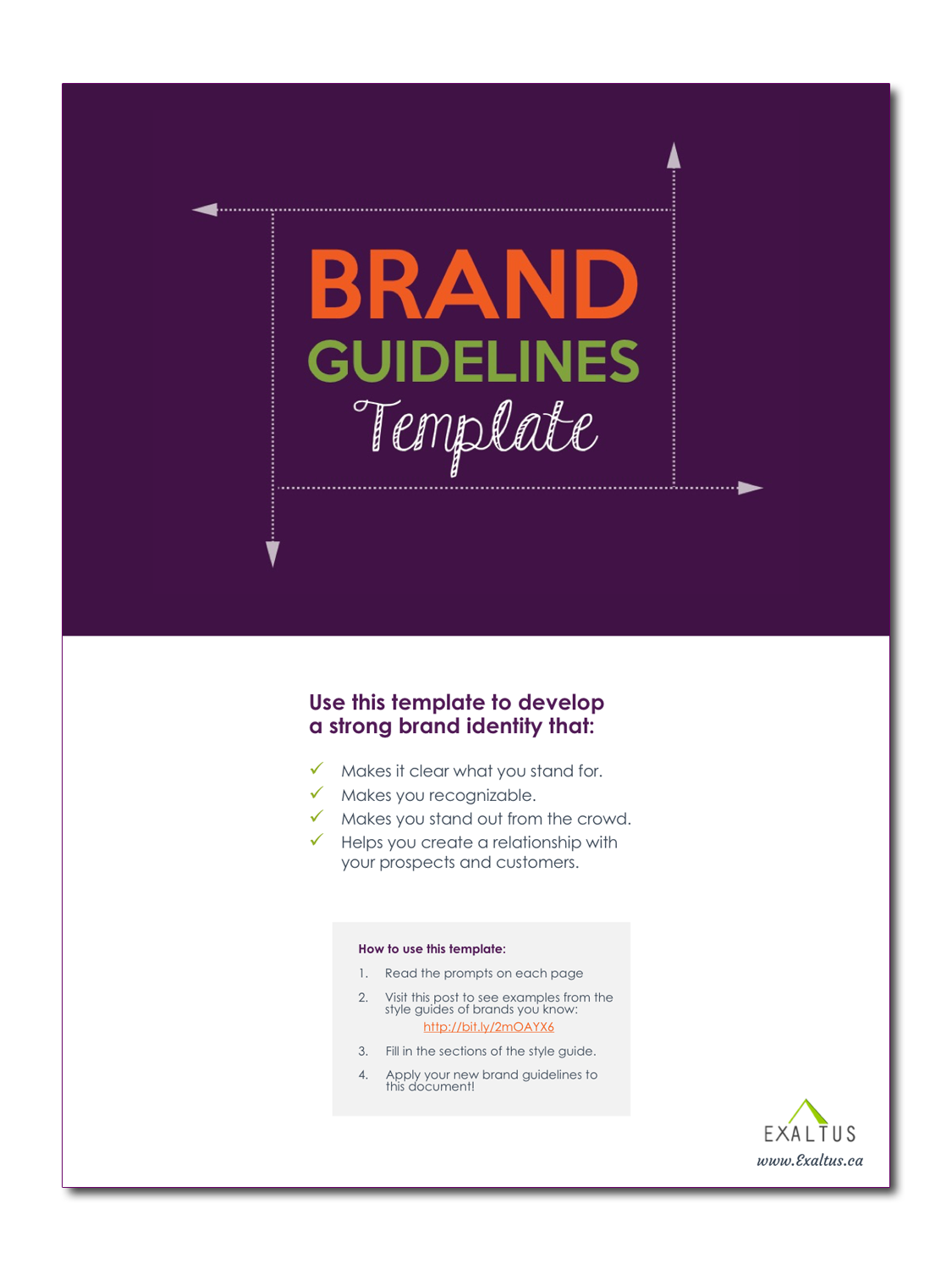

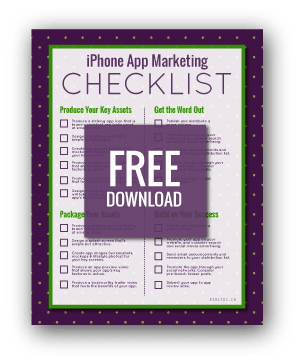
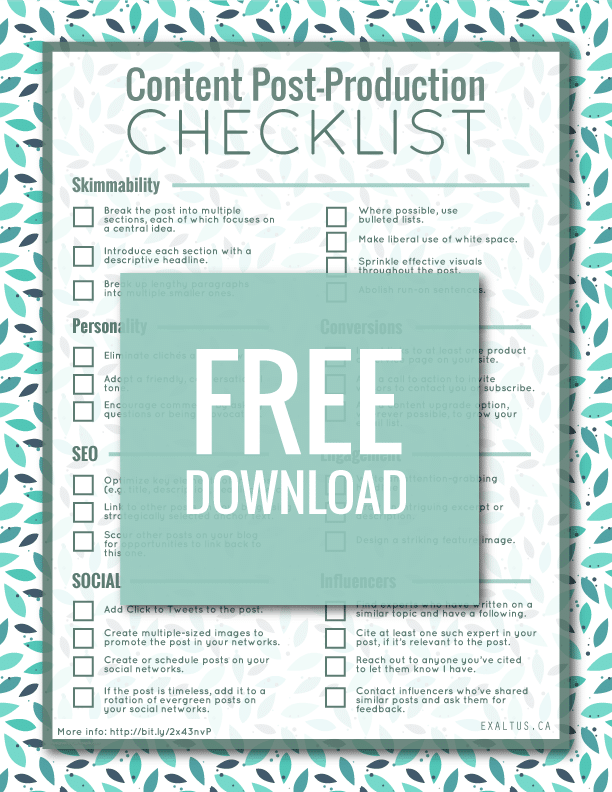
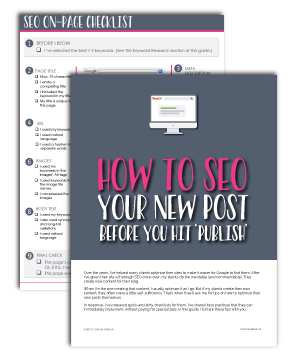
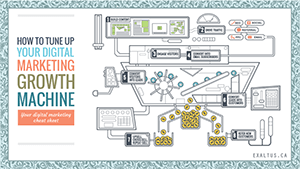
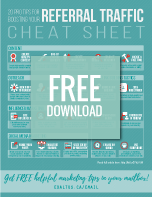

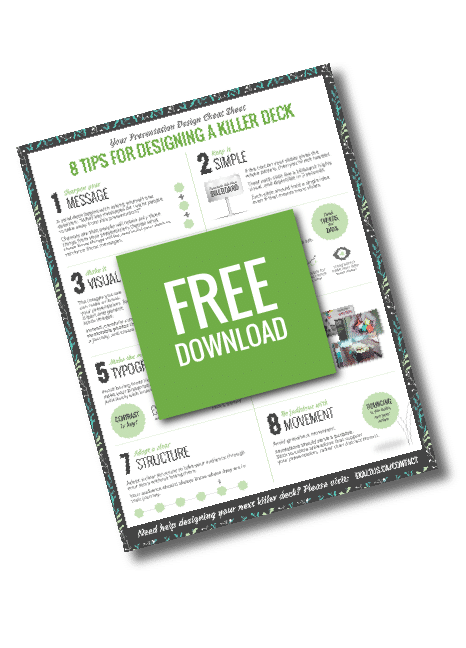
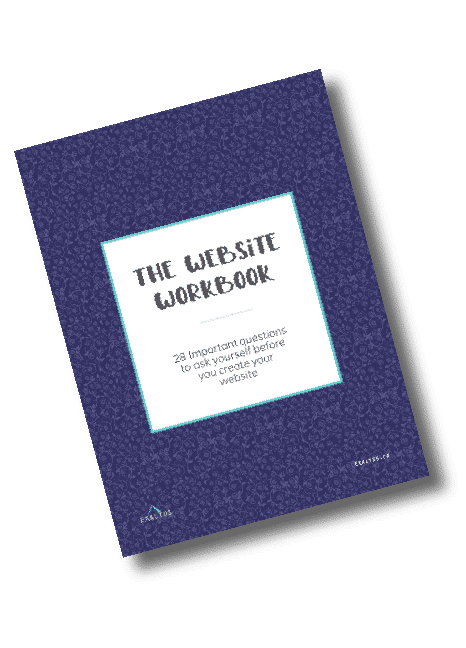


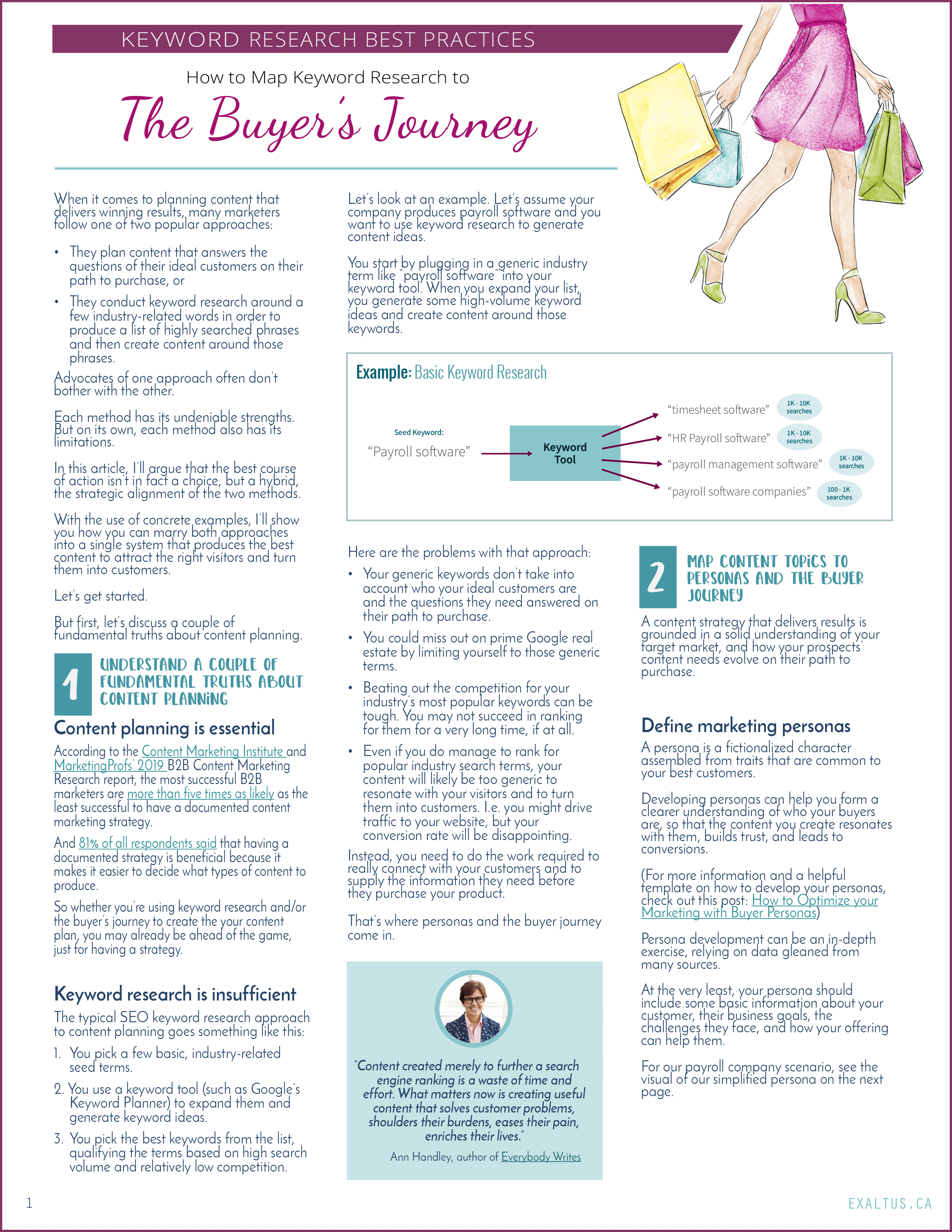



Leave A Comment